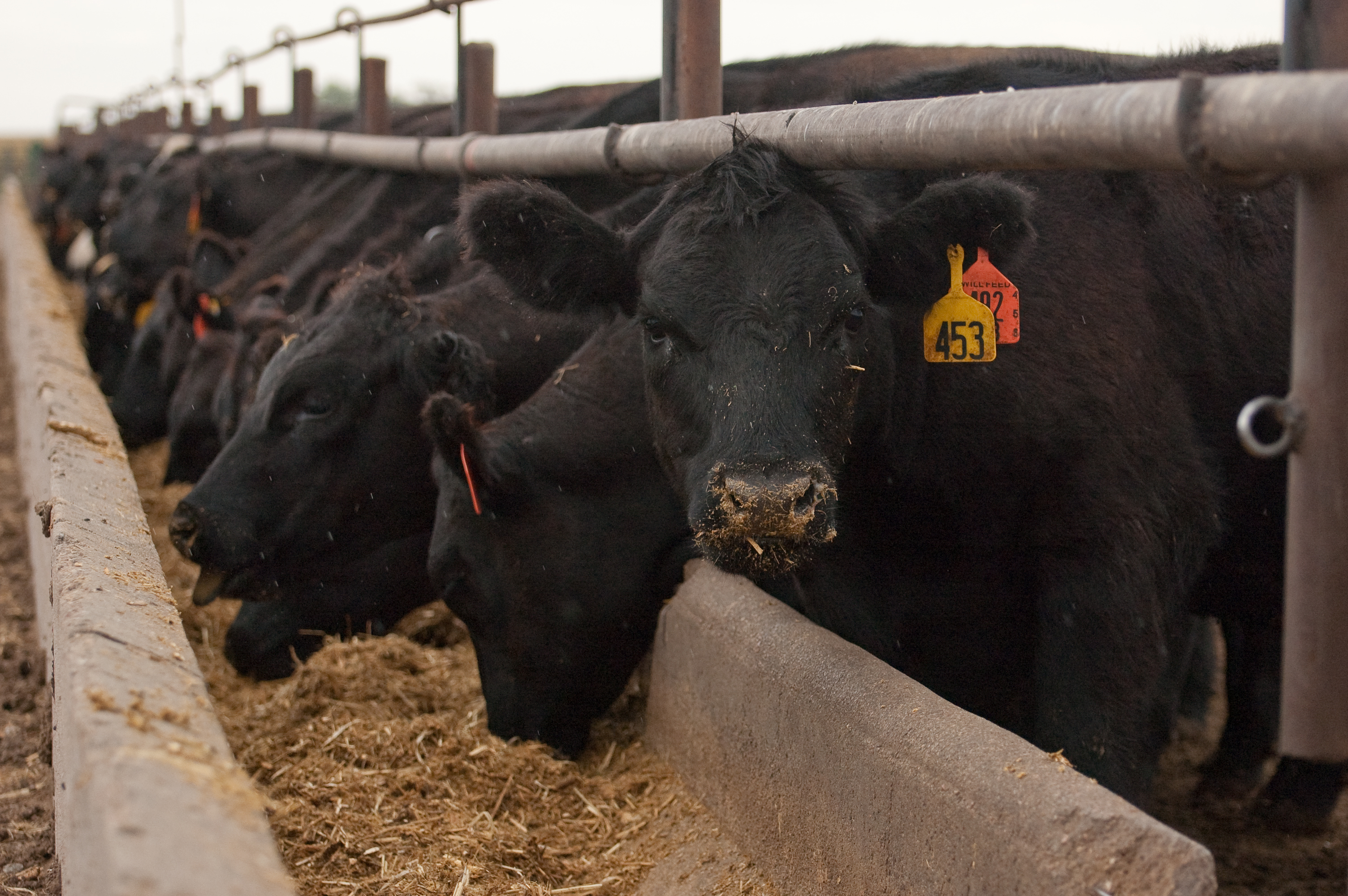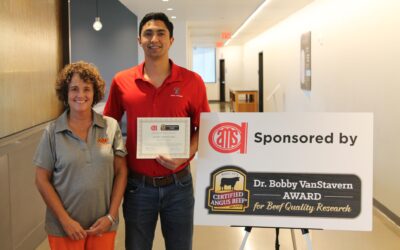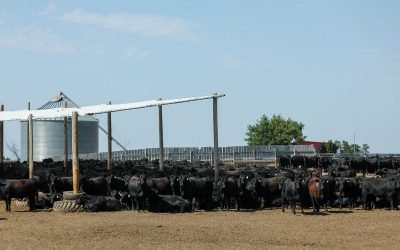
The growing requirements
by Justin Sexten, Ph.D.
Beef cattle genetic power keeps moving up. Just look at the trend for pre- and post-weaning growth potential across breeds. Look at the continued improvement in quality grade across the industry. Some say that growth increase has come at the detriment of the cow herd, increasing feed and forage requirements beyond what the ranch can maintain. But steer carcass weights peaked at 930 lb. in fall 2015, not maintaining their historic 5-lb. annual increase as predicted. While carcass weights vary seasonally, they have declined annually since 2015 and trend lower in 2018.
No, this isn’t just a review of carcass weights, but the trend change serves as an example of the role management can play in the ability to achieve genetic potential. Carcass weights are on their third year of decline, but genetic potential for carcass weight has continued to increase; the difference is management. Cattle feeders can quickly change carcass weight by choosing to market cattle at lighter weights. Meanwhile, improvements in genetic potential for marbling let them do that while increasing or at least holding quality grade steady.

New research highlights the role management plays in allowing genetic potential to be expressed. Emma Neidermayer and co-workers from Iowa State University evaluated the influence implants and trace mineral recommendations have on finishing performance. While their work focused on the finishing phase, the data pose interesting questions for the entire industry in view of gains in genetic potential.
For those who doubt what growth-promoting implants can do to reduce resources needed to produce beef, Neidermayer’s data showed a 10.5% increase in carcass weight while improving feed efficiency 23%, with no detrimental effect on quality grade. While these results exceed previous reports, the authors suggest that may be attributed to improved genetic potential further enhanced by technologies.
Better genetics and technology led the Iowa State group to evaluate trace mineral level during the finishing period as well. Historically, mineral recommendations were set to prevent animals from displaying deficiency symptoms without regard for improved performance. This study went beyond that, looking at trace mineral levels where calves were not supplemented, or only at required levels, or at consultant-recommended levels (1.5 to 3
times the minimum requirement, depending on the mineral).
Carcass weights were improved 3% with no change in feed efficiency or carcass quality grade by adding trace minerals at levels recommended by industry consultants compared to those fed at merely the required level or unsupplemented. These data suggest trace mineral supplementation may need to be modified to suit the “growing demand” for nutrients by calves with greater genetic potential.

As you visit with your nutritionist this summer, discuss your cow herd’s genetics. When purchasing mineral supplements or developing a creep feed, consider the increased growth potential you have built your herd around and ensure you’re providing adequate nutrients to capture genetic potential.
Deciding whether to creep feed calves is a ranch-level example related to the carcass weight discussion and the Iowa State experiments. Creep feeding is a management tool that can add nutrition to let a calf express its full preweaning genetic potential. Milk and abundant forage may be all that’s needed to meet the calf’s minimumrequirements, but genetic growth potential may be left unmet due to inadequate nutrition.
That growth potential may not be lost, just transferred to the next owner—and similar to the carcass weight decline, the lighter weight calves may be just as profitable. Since genetic potential, nutrient resources and market value differ across operations, you should consider management strategies that optimize all three, rather than seeking to maximize only one.
You may also like
Certified Angus Beef Recognizes Beef Quality Research
First-place honors go to Andres Mendizabal, an international student pursuing a Ph.D. in animal science at Texas Tech University. His research is titled, “The Accuracy of USDA Yield Grade and Beef Carcass Components as Predictors of Red Meat Yield.”
Not all good days are sunny and warm
Stress of any kind affects performance and health, but also well-being and behavior, a special focus for CSU animal scientist Lily Edwards-Callaway. Her team’s literature review found shade benefits vary by location, structure type and the weather.
Flavor’s secret ingredient
As a moderately to highly heritable trait, marbling is something that cattlemen have a lot of ability to manage. It also happens to be one of the major contributors to beef flavor. Texas Tech University meat scientist Jerrad Legako spoke about the topic at the 2020 American Society of Animal Science meetings.



